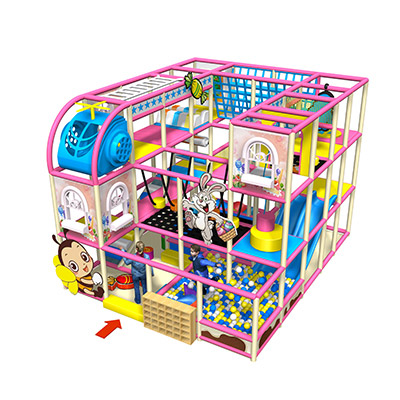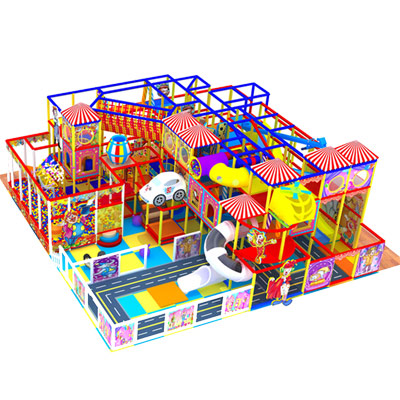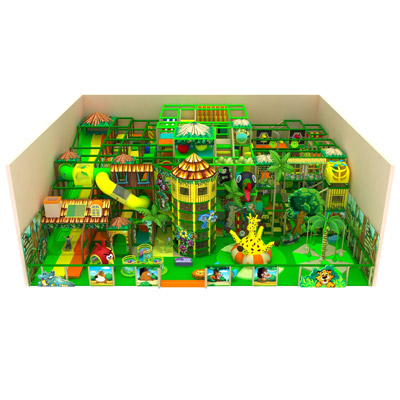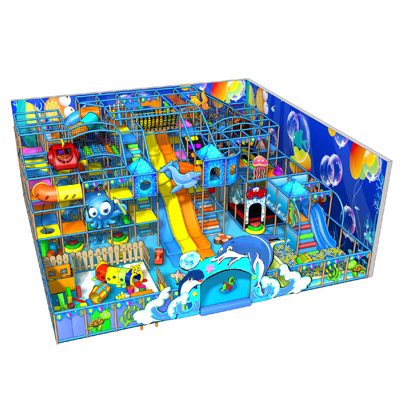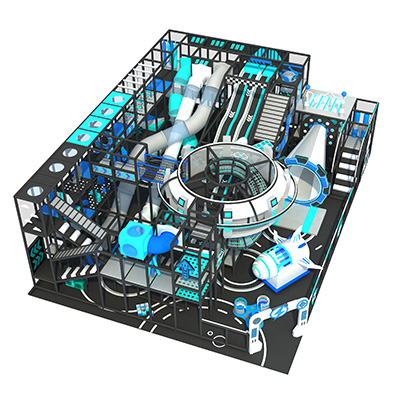What is Indoor Soft Play Equipment?
Children don't care about the weather when they start playing outside. Indoor play equipment lets kids have fun inside when it's bad weather outside. Get involved and help kids and their caregivers have fun by giving them a Soft Play area. Playgrounds, daycare facilities, and indoor play areas all include soft play sections that are well-liked because they provide kids with a safe haven where they may play actively without worrying about falling or being bumped.
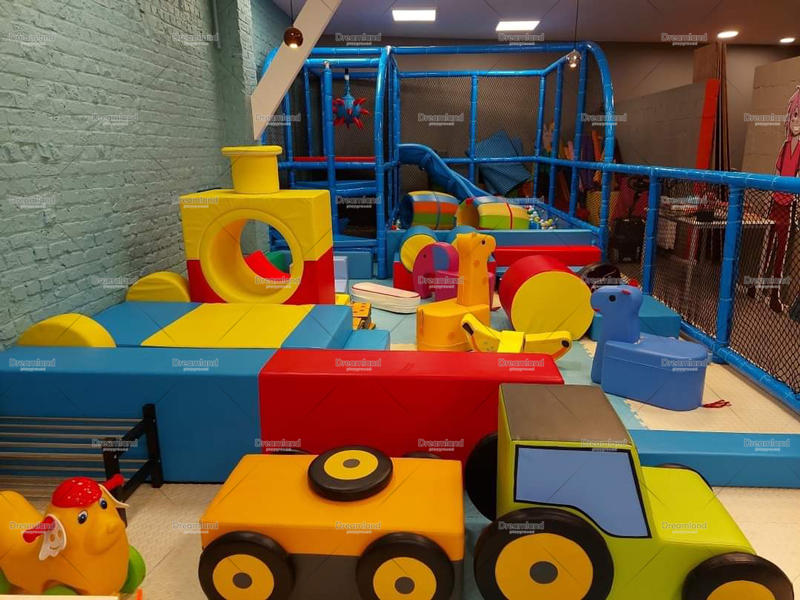
Indoor Soft Play Equipment Definition
The term "indoor soft play equipment" describes a specialized range of padded buildings, barriers, and interactive features intended to provide kids with a fun, safe, and engaging environment to explore, play, and develop important motor skills. These bright, sometimes colorful arrangements are made from foam, cloth, and other soft materials to provide a cushioned surface that promotes creative play, climbing, crawling, and other activities that are good for kids' physical and mental health. These soft playgrounds are ideal for toddlers and younger children (ages 1-12) as they promote physical activity and growth.
Types of Indoor Soft Play Equipment
Indoor soft play equipment contains plenty of diverse types:
Play Structures
A vast range of interconnected components, including tunnels, ramps, stairs, and bridges, are included in play structures. These play structures help kids be creative and active by giving them different ways to play. They frequently operate as the focal point of soft play areas, enticing kids to explore, climb, and engage in a stimulating and safe setting.
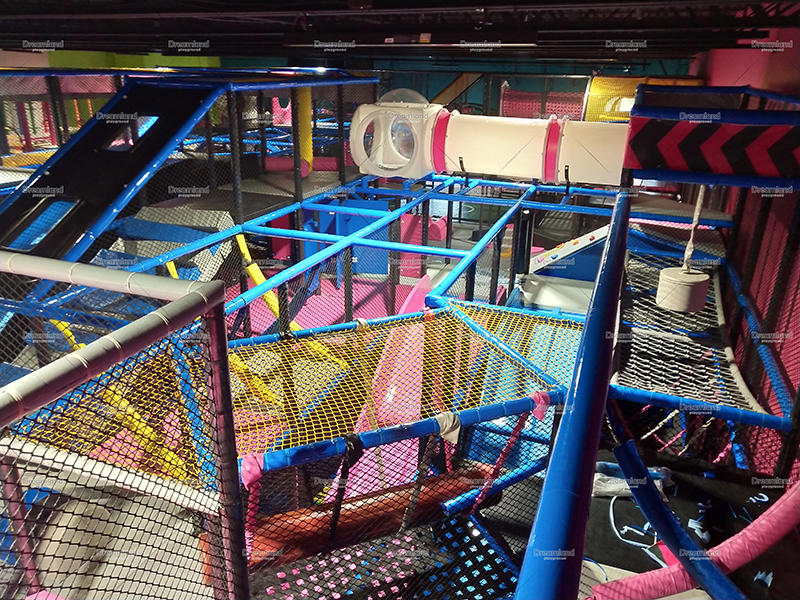
Slide
A popular and necessary addition to any soft play area is slides. They give kids an enjoyable and secure method to slide, climb, and explore.
According to the number of lanes, they can be divided into single, double, 3 lines, and 4 lines. Based on their shape, slides can be categorized as classical or spiral.
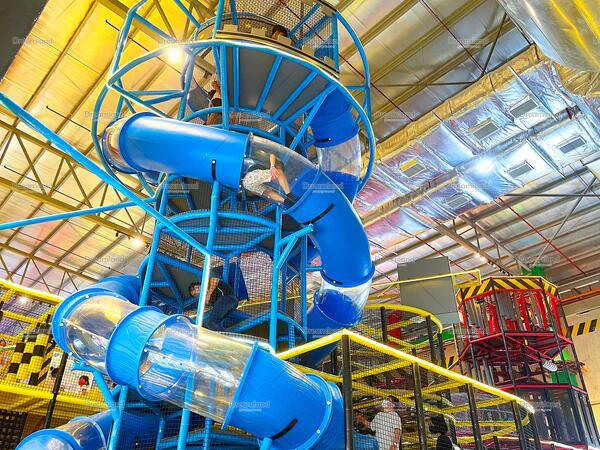
Ball Pits
Ball pits are entertaining play spaces that are full of vibrant plastic balls, stimulating the senses and providing chances for creative play. The basic purpose of a ball pool is to allow kids to get slides in the ball pool safely. As they move and manage the balls, children can leap, dive, or just submerge themselves in these holes, encouraging sensory exploration and developing motor skills.
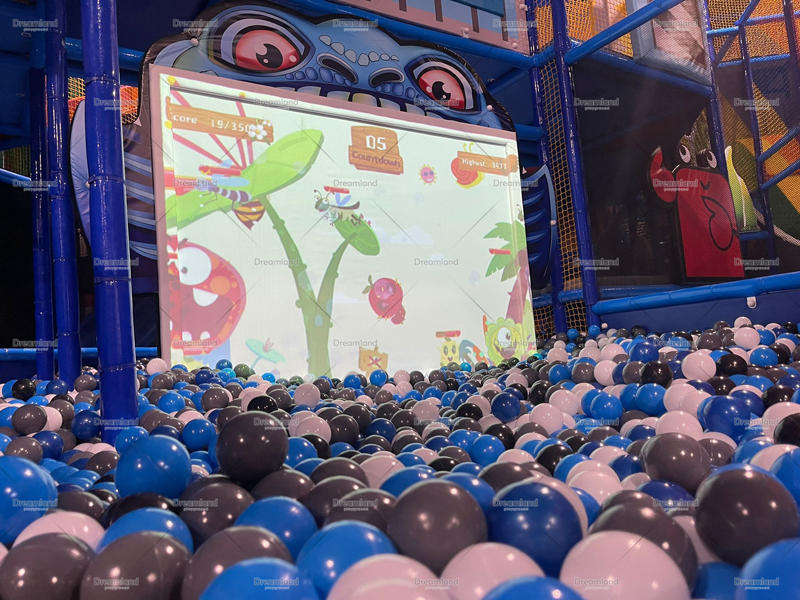
Climbing Frames
These components are meant to encourage the development of gross motor skills, climbing, and balance. Climbing walls are divided into different materials like soft climbing walls, PE board climbing walls, fiberglass climbing walls, etc. Any climbing wall over 4 meters in height requires an automatic belay system, regardless of the manner of construction. Stairs and ramps offer accessible pathways while climbing frames give kids a variety of obstacles to overcome that build their self-esteem and physical maturation.
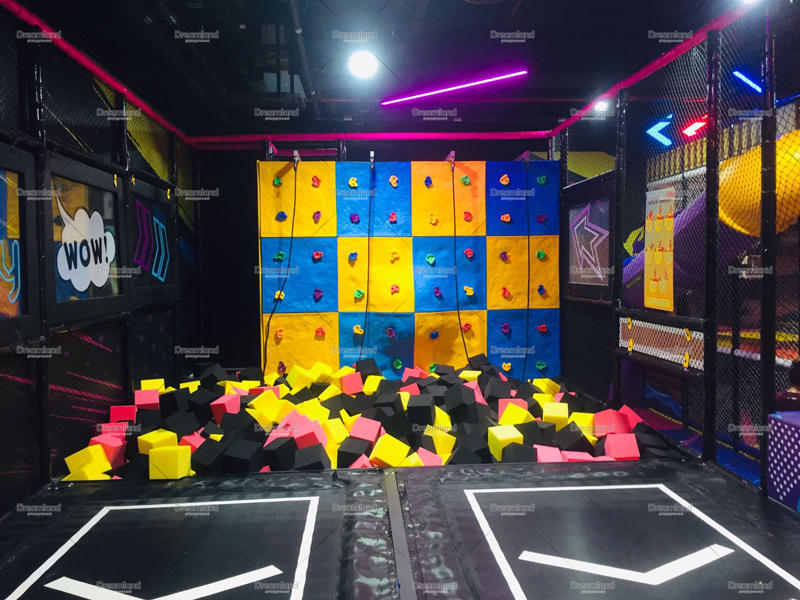
Sensory Play Areas
Children's senses are stimulated by the use of various textures, colors, and objects in sensory play spaces. Touch, sight, sound, and even scent are used to promote cognitive growth and inquiry through interactive flooring, tactile walls, and sensory stations. Similarly, Interactive panels are interesting, touch-sensitive boards with puzzles, gears, mirrors, buttons, and other manipulable components. These panels give kids a dynamic and engaging experience in the soft play area while promoting fine motor skills, problem-solving, and imaginative play.
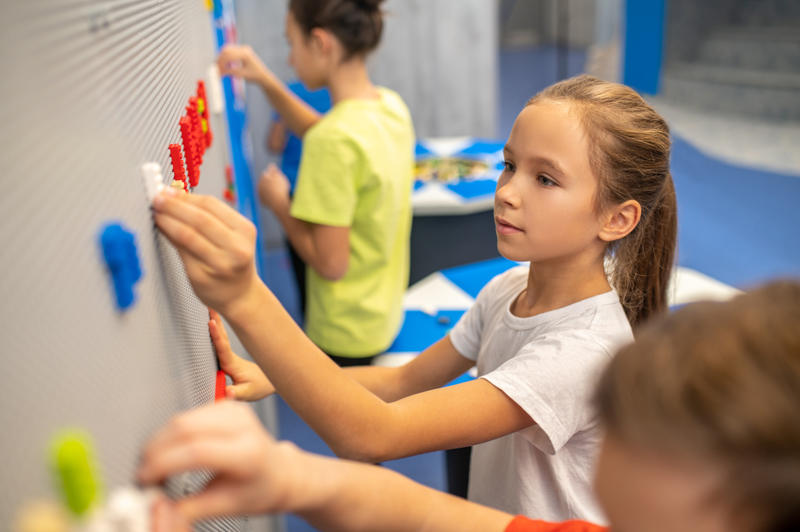
Obstacle Courses
Soft play spaces often include obstacle courses that test kids' motor skills and problem-solving abilities. They frequently comprise a number of interconnected components, such as hurdles, stepping stones, balancing beams, and tunnels. Through a variety of obstacles, youngsters are encouraged to use agility, coordination, and strategic thinking in these courses.
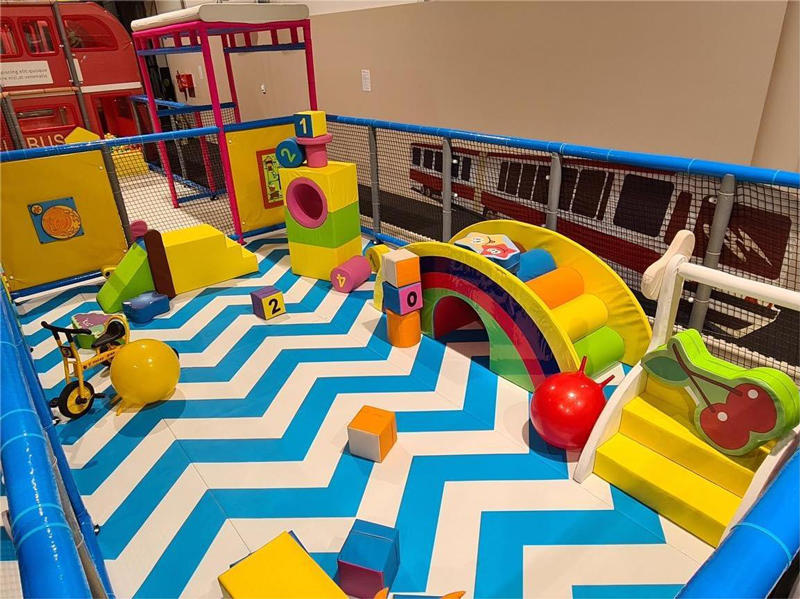
Little Town
In a soft play environment, a "Little Town" section is a scale model of a town or city, complete with storefronts, tiny buildings, and play zones with themes such as a post office, grocery store, or fire station. This creative area promotes role-playing and social interaction as kids pretend to play and adopt various roles and scenarios in small-town environments.
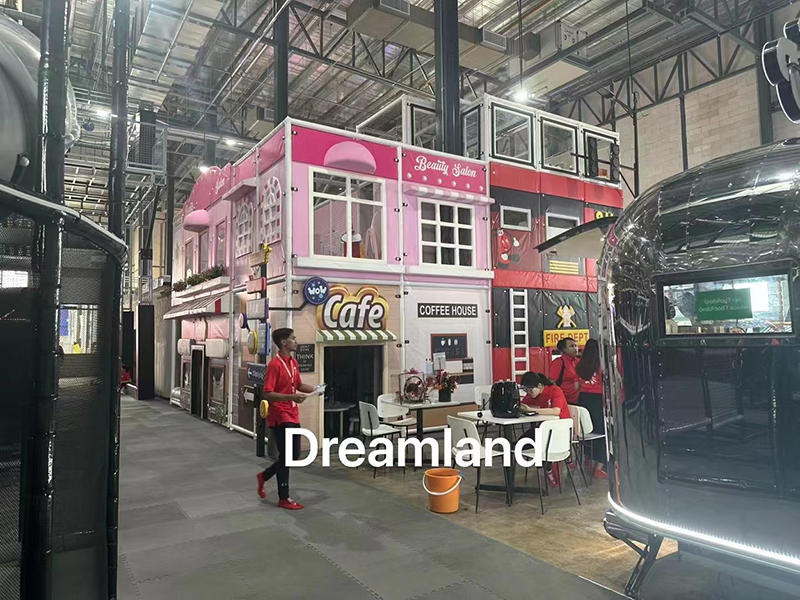
Benefits of Indoor Soft Play Equipment for Children
Indoor soft play equipment has plenty of pros not only for children but also for companies. By thinking about these advantages, you can better understand what an indoor play area includes. The advantages might not show up right away on paper, but they will show up as youngsters playing more actively and their careers being happier with your company. Let's know some of the many pros of indoor soft play equipment.
Physical Development
Indoor soft play equipment is a great way to encourage children's physical development. These positive constructions promote the development of gross motor skills by allowing kids to climb, leap, and balance. Children may exercise their physical talents in a safe atmosphere without worrying about being hurt thanks to the cushioned surfaces. Children develop their strength, agility, and coordination via play on indoor soft play equipment, which lays a solid basis for their general physical well-being.
Cognitive Development
Indoor soft play equipment promotes spatial awareness and problem-solving abilities, which in turn boost cognitive development. Children get experience in risk assessment, decision-making, and movement planning as they maneuver through the play equipment's numerous components. These arrangements' vivid colors, varied forms, and varied textures also promote sensory exploration, supporting cognitive development and sensory processing.
Social Development
Children congregate in lively social circles in soft play areas. These places give kids the opportunity to practice sharing, waiting for their turn, and playing together. Through play, children acquire important social skills including collaboration, bargaining, and communication with their peers. Indoor soft play equipment frequently promotes group activities, which helps kids develop their sense of camaraderie and cooperation.
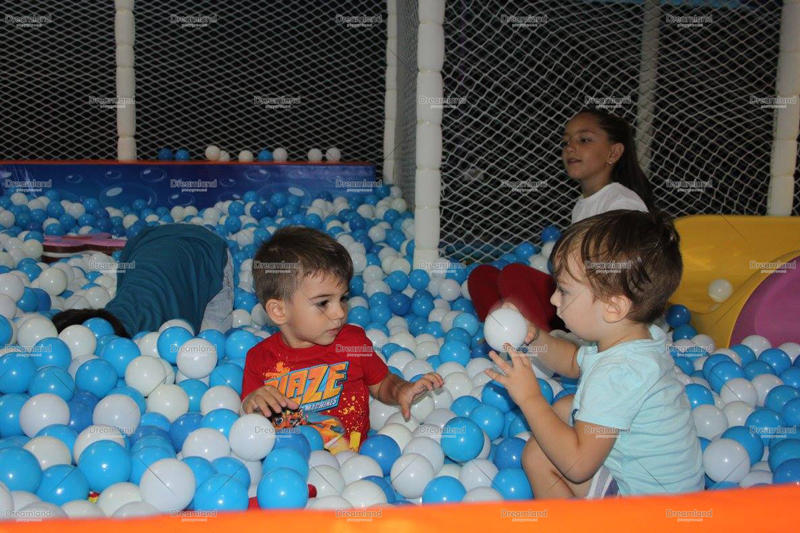
Emotional Development
Indoor soft play equipment provides a nurturing setting for emotional growth. Kids become stronger and more sure of themselves when they conquer the challenges of playground equipment. With the impression of security that the cushioned surfaces offer, kids may experiment and take little risks. Furthermore, the satisfaction that comes from overcoming challenges or reaching little objectives in these play spaces fosters a good emotional experience, enhancing their sense of success and self-worth.
Conclusion
Indoor soft play equipment includes a wide variety of padded structures and interactive components intended to provide kids with a fun and safe play experience. These padded-material-crafted settings promote movement, creative play, and cognitive development. Indoor soft play equipment, such as ball pits, climbing frames, sensory play areas, and interactive panels, promotes children's cognitive, social, and emotional development and physical development. Its benefits go beyond amusement; it provides a priceless environment where kids may grow, learn, and play in a safe yet exciting environment.
Dreamland Playground offers top-tier accessible play features, customized & and personalization choices, free design consultations, in-house component production, and flawless on-site installation.







